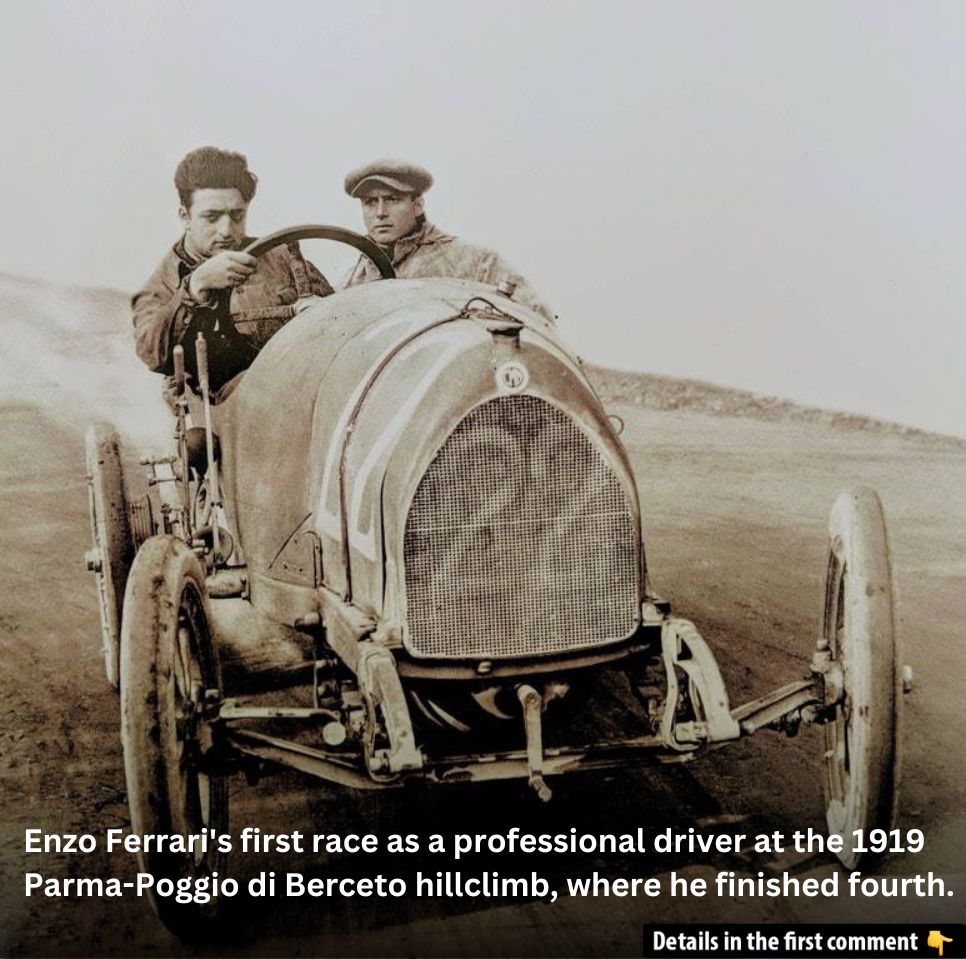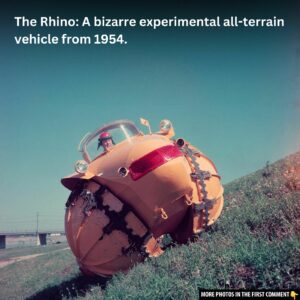Ferrari. The name alone invokes thoughts of luxury, speed, and precision. From the Formula 1 track to the glossy showrooms and iconic car collections worldwide, Ferrari’s vehicles are a symbol of unparalleled craftsmanship and performance. At the heart of this legendary brand lies its most recognizable emblem—the Prancing Horse. This iconic logo has adorned Ferrari’s cars for decades, but its story is as rich and fascinating as the cars themselves. The Prancing Horse has been tied not only to Ferrari’s remarkable racing success but also to a legacy of passion, tragedy, and triumph. Let’s delve into the origins of the Ferrari Prancing Horse and how it came to symbolize one of the greatest names in automotive history.
Enzo Ferrari’s Passion and Racing Beginnings
The story of Ferrari begins with a young boy named Enzo Ferrari, whose life would be forever changed by an encounter at the 1908 Circuito di Bologna. As a 10-year-old, Ferrari was captivated by the spectacle of cars racing, particularly when Italian driver Felice Nazzaro took home the victory. This moment ignited a fire within Enzo, and he knew from that day forward that cars were his true calling.
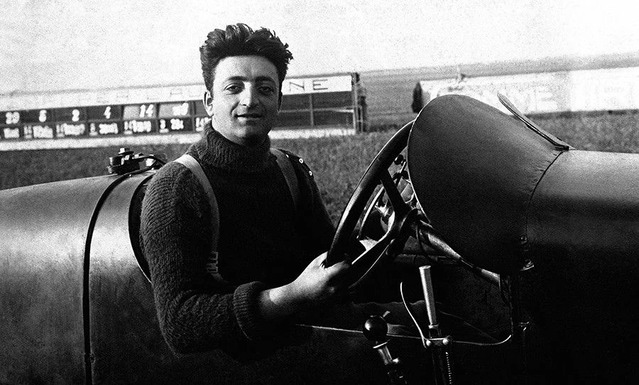
His journey into the world of racing was not immediate. After serving in World War I, Ferrari briefly worked with CMN (Costruzioni Meccaniche Nazionali), and soon made his way to Alfa Romeo in 1920. By 1923, he had earned his first Grand Prix victory, and his reputation as a talented driver began to grow. His success on the track continued with several wins, particularly in the 1924 season, but the constant danger of racing weighed heavily on Ferrari. After witnessing the tragic deaths of several friends and teammates, he made the decision to step away from driving and focus on building something greater: his own racing team.
Video
Watch the video to explore the origins of the Ferrari brand and how it became an automotive legend.
Joining Alfa Romeo and Racing Success
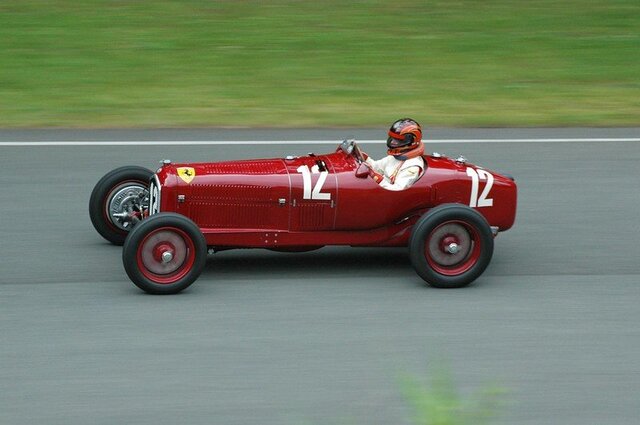
Ferrari’s time with Alfa Romeo solidified his passion for motorsports, but it also laid the foundation for his future role as a team owner. In 1929, Ferrari formed Scuderia Ferrari, initially as a division within Alfa Romeo. The team quickly became a powerhouse in racing, gaining recognition for its expertise and competitiveness. During this time, Ferrari continued to work closely with the Alfa Romeo P3, further establishing his reputation in the racing world. However, it was only the beginning of Ferrari’s journey.
The Birth of Scuderia Ferrari
By the early 1930s, Enzo Ferrari had shifted his focus from driving to managing and organizing the racing team. Scuderia Ferrari evolved into an independent entity, and with it, Ferrari started pushing the boundaries of what was possible in motorsport. As the team’s principal, Ferrari’s vision was clear: to win, innovate, and establish Ferrari as a symbol of motorsport excellence.

The rise of Scuderia Ferrari would soon be coupled with the birth of the Prancing Horse logo, a symbol that would soon be synonymous with both Ferrari’s racing success and its production cars. But where did the emblem’s iconic design come from?
Francesco Baracca and the Origins of the Prancing Horse
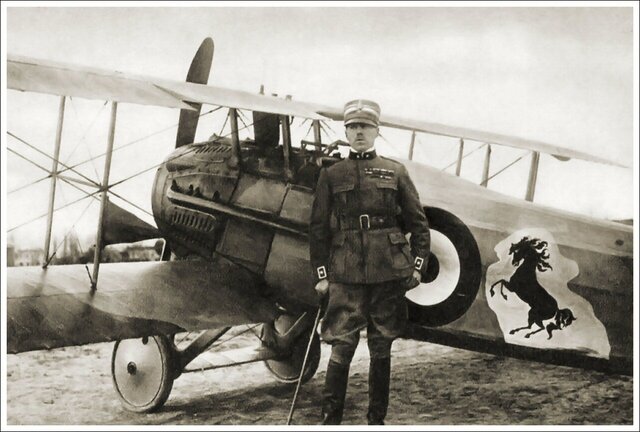
The origins of the Prancing Horse symbol can be traced back to an Italian World War I fighter pilot named Francesco Baracca. Known for his bravery and success, Baracca was Italy’s top fighter pilot during the First World War, with 34 aerial victories to his name. In 1917, Baracca began adorning his aircraft with a prancing horse, which was inspired by the emblem of his cavalry regiment, the Piemonte Cavalleria. His use of the black horse was not only a tribute to his military roots but also a symbol of strength, resilience, and power.
After Baracca’s tragic death in 1918, his family continued to honor his legacy. It was during a meeting with Count Enrico Baracca, Francesco’s father, that Enzo Ferrari was introduced to the Prancing Horse emblem. The Countess Paulina Baracca, Francesco’s mother, suggested that Ferrari use the symbol on his cars, believing it would bring him good luck.
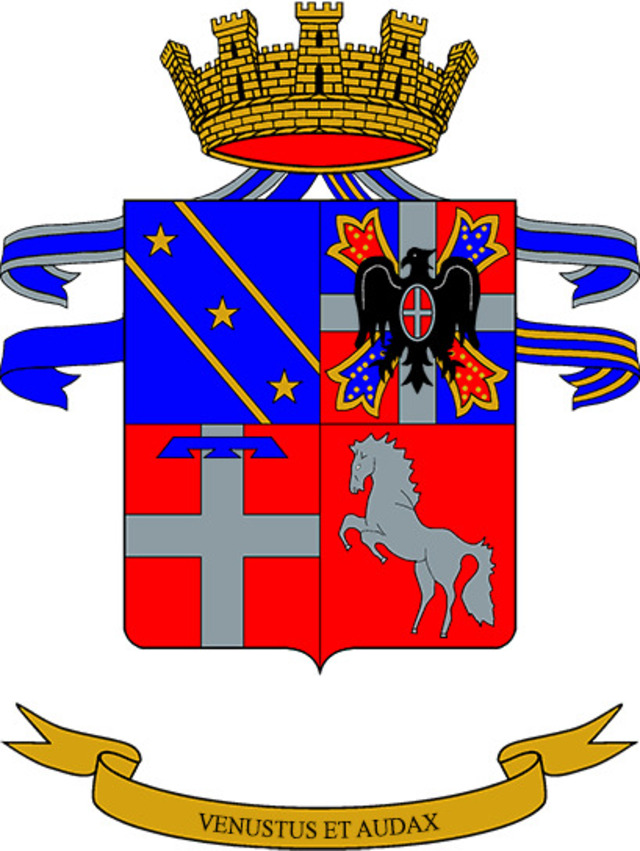
Ferrari, already a rising star in the racing world, agreed. And so, in 1932, the Prancing Horse debuted on the Scuderia Ferrari racing cars, marking the beginning of an enduring legacy.
The First Use of the Prancing Horse
The first official appearance of the Prancing Horse on a Ferrari car came at the 1932 Spa 24 Hours. It was then that the emblem began to symbolize not only Ferrari’s racing prowess but also his determination to create cars that embodied both beauty and performance. However, the Prancing Horse would soon evolve into something much greater.
In 1947, Ferrari introduced the Ferrari 125 S, the first production car to carry the Prancing Horse on a rectangular shield with a yellow background, a nod to Ferrari’s hometown of Modena. This emblem would become synonymous with the Ferrari name, and from that point forward, it graced every Ferrari model, whether on the racetrack or the open road.
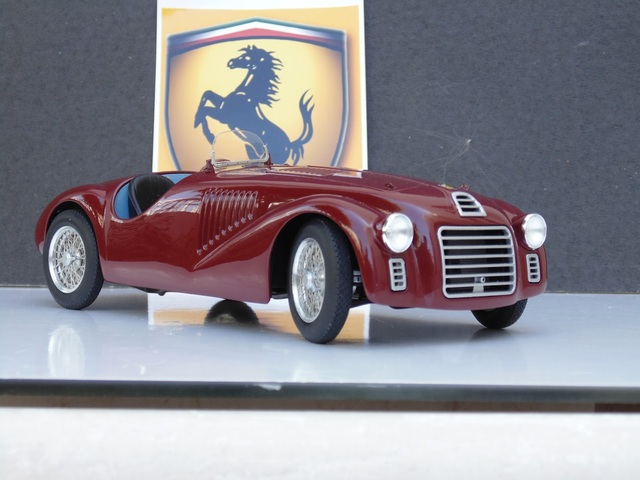
The Ferrari 125 S and the Prancing Horse Legacy
With the Ferrari 125 S, the Prancing Horse transitioned from a racing emblem to a symbol of Ferrari’s commitment to craftsmanship, performance, and exclusivity. The Ferrari 125 S marked a pivotal moment in the company’s history, as it not only heralded the brand’s entry into the production car market but also cemented Ferrari’s position as an icon of automotive excellence.
The Prancing Horse remained a constant presence on all Ferrari models that followed. Whether it was the legendary Ferrari 250 GTO or the modern Ferrari LaFerrari, the emblem has endured as a symbol of the brand’s unrelenting pursuit of perfection.
Conclusion: Ferrari’s Enduring Influence
The Prancing Horse has long transcended its status as a mere logo. It has become a symbol of speed, luxury, and innovation, representing Ferrari’s rich legacy of motorsport triumphs and technological breakthroughs. From its origins as the emblem of a fallen hero to its place on some of the most coveted cars in the world, the Prancing Horse has remained a powerful testament to the passion and vision of Enzo Ferrari.
Today, Ferrari stands as one of the most respected and admired automotive brands in the world, and its Prancing Horse emblem continues to inspire new generations of car enthusiasts, racers, and collectors. As Ferrari continues to push the limits of what is possible in both performance and design, the Prancing Horse will undoubtedly remain at the heart of everything Ferrari stands for—excellence, innovation, and a never-ending passion for the road ahead.
Video
Check out the video to witness the incredible restoration of an abandoned Ferrari 512bb, getting its first wash in 28 years!
